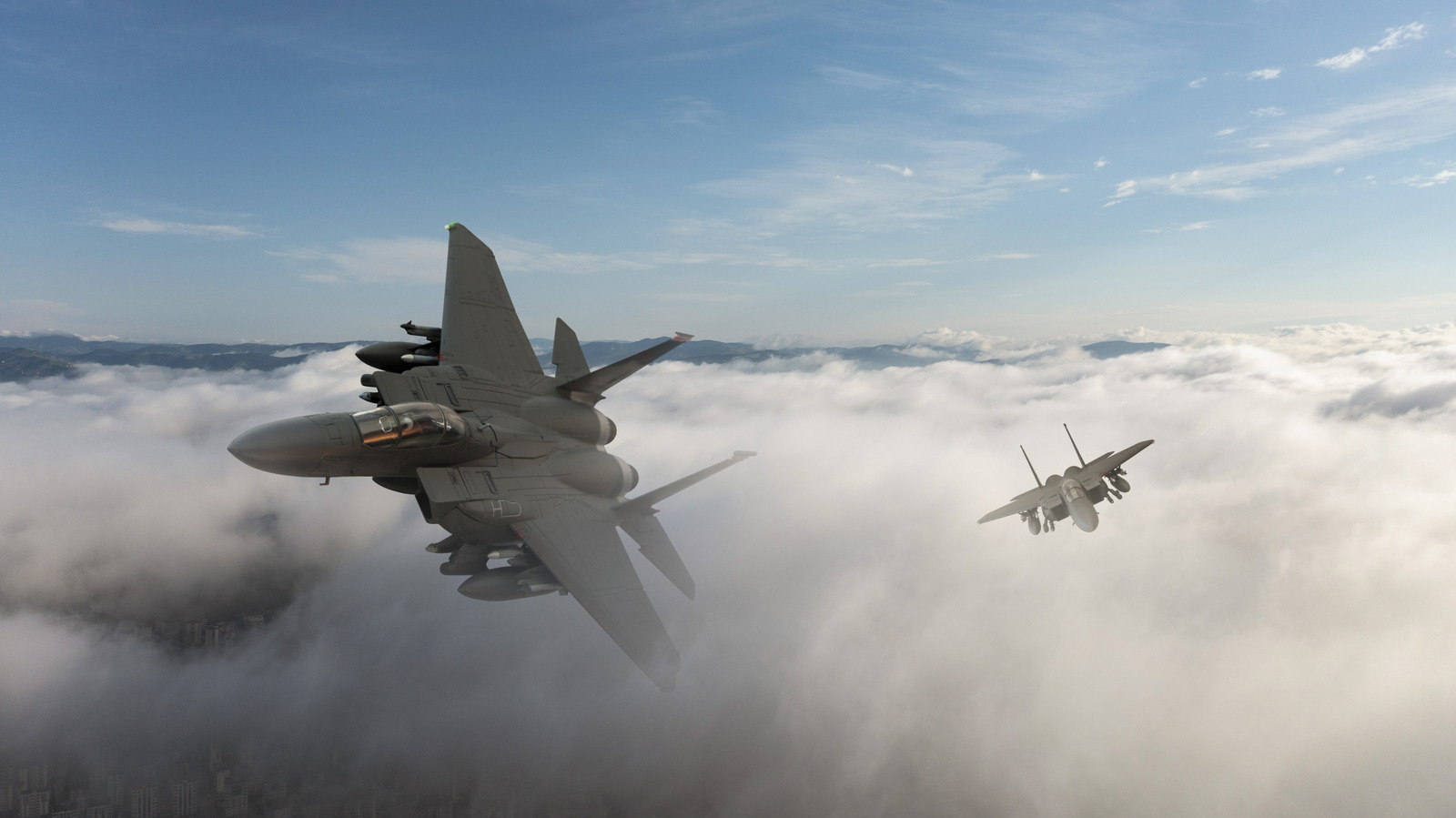
We’ll be honest with you: You’d probably perish of boredom if we went into details about the Department of Defense’s (DoD) Mission Design Series (MDS), the system they use to give aircraft designations like F-15, F-16, F-35a, etc. So, we’ll stick to the broad strokes.
Advertisement
First off, even though jets might be the first thing that come to mind regarding MDS, the system covers aircraft of all types. This includes helicopters like the HH-60G Pave Hawk, bombers like the BB-52H Stratofortress, support craft like the A-10C Thunderbolt II, tankers like the KC-46A Pegasus, recon craft like U-2S/TU-2S Dragon Lady, as well as experimental craft, drones, training craft, weather recon craft, transport craft, AWACS (command craft), and more. In other words, we’re talking about an extensive, sprawling, all-encompassing naming system that is vastly more detailed than you might realize. Even missiles, probes, and satellites get their own designations, like AGM-84N (an anti-ship missile). Also: “Stratofortress” wins the prize for best (and most ridiculous) popular name, although “Dragon Lady” is up there.
Advertisement
Looking at alphanumeric naming, we’ve got four basic aircraft designation letters: status prefix, modified mission, basic mission, and vehicle type. In order, examples include X (experimental), L (cold weather), E (special electronic installation), and D (UAV control segment, where UAV means unmanned aerial vehicle, aka, drone). F, for example, is a modified and basic mission designation meaning “fighter” (like the F-15) which makes sense. Rules for numbers are more opaque and not fully listed, but relate to the aircraft’s manufacturing line and design.









